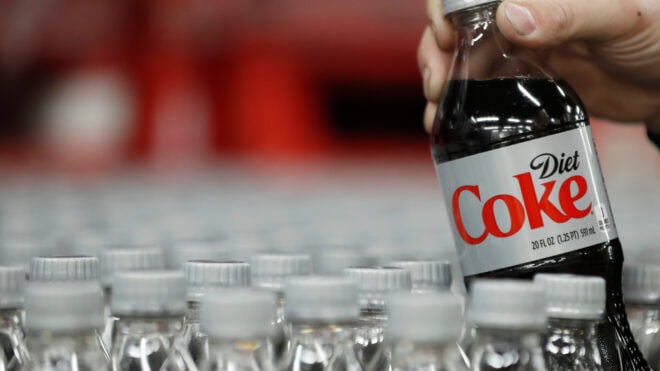
Nonstick Cookware

Most of us try to keep clean, safe homes. But often the products we use daily contain or release toxins that, after prolonged exposure, increase our risk for health problems. A few of these items are particularly toxic. You might want to seriously consider getting rid of them.
For example, older nonstick cookware. The chemical originally used to make Teflon, perfluorooctanoic acid, or PFOA, is a suspected carcinogen. It's mostly been phased out in favor of polytetrafluoroethylene, which can still flake if not properly taken care of. Ingesting those flakes does not pose the same risks, experts believe. If you've got older pans or are not sure what the nonstick surface of your cookware is made of — and if you can stand to part with them — it's probably a good idea.
Flea and Tick Treatments

The active ingredient in flea and tick treatments, organophosphate insecticides, kill by targeting the nervous system of these tiny insects. It would take a higher dose to harm human children and adults, but the bottom line is that they are exposing us to neurotoxins, and some studies have researchers concerned. There are plenty of natural flea and tick remedies, so throwing these out doesn't mean living with the pesky thing.
Mothballs
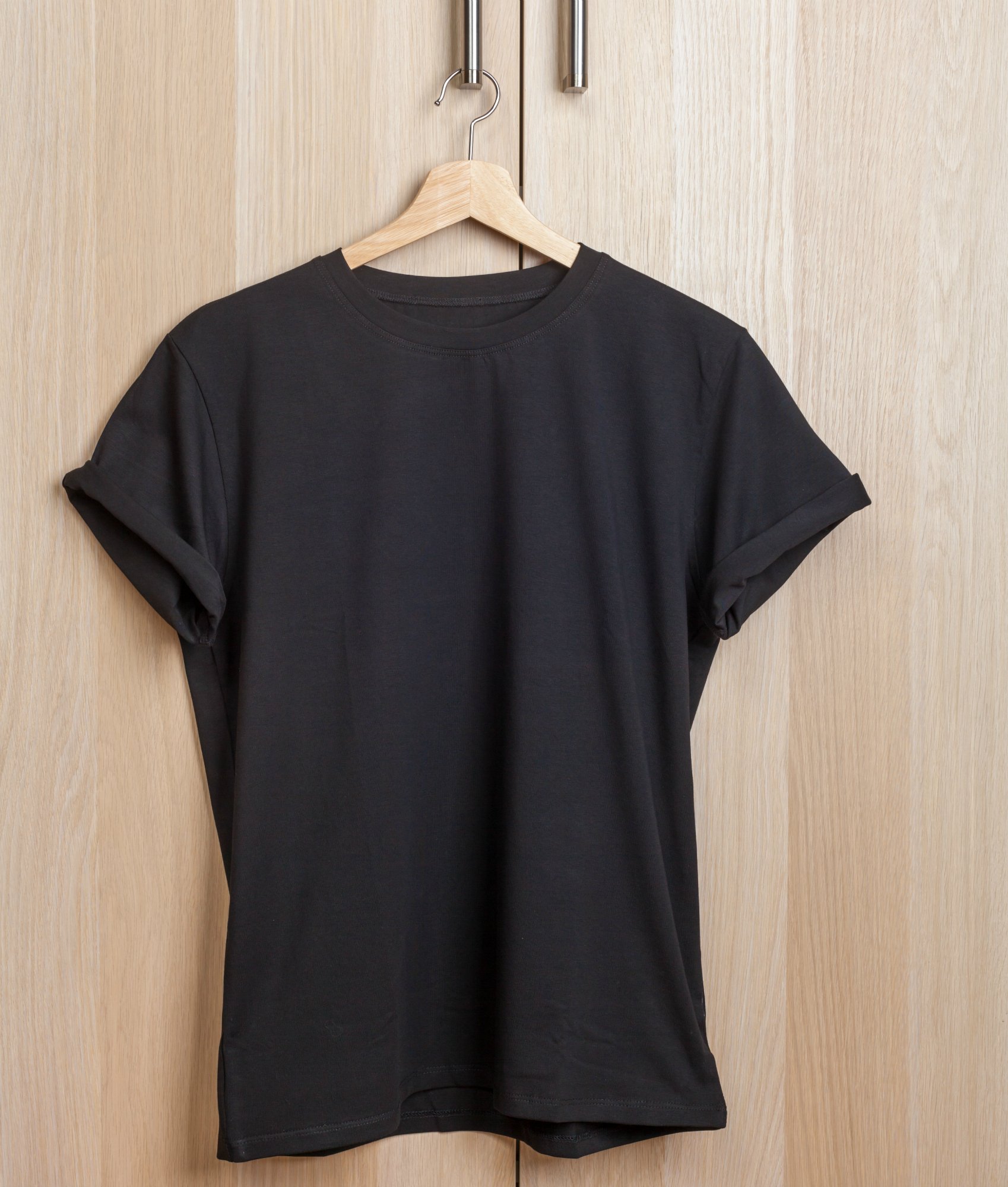
Mothballs are a solid pesticide that evaporates into a gas when exposed to air. If you smell mothballs, you're inhaling at least one of the pesticides naphthalene or paradichlorobenzene. Prolonged or overwhelming exposure can cause headaches, nausea or worse. Cedar chips won't repel moths, but deep cleaning after an infestation and then keeping clothes clean, exposing stored clothing to sunlight every couple of months to kill larvae or sealing seasonal items in airtight containers will keep items moth-free and nontoxic.
Air Freshener
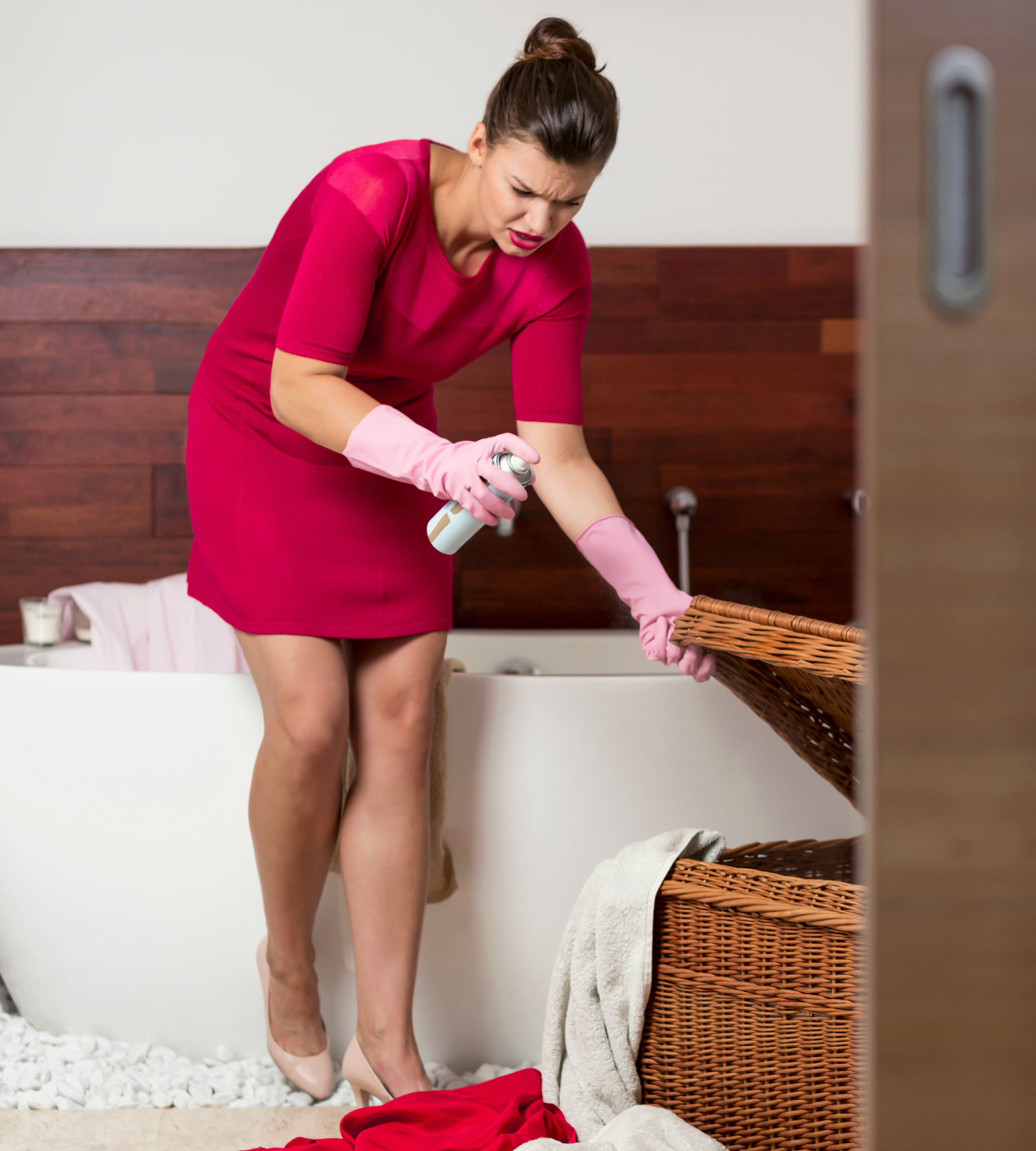
Aerosol, plug-in and powder air fresheners pose health risks if used too frequently. They release volatile organic compounds into the air, which turn into a vapor or gas at room temperature. The toxicity comes when these VOCs combine with the ozone in the air. Citrus studded with clove, fresh flowers or simply opening windows and airing things out are safer ways to get rid of odors and leave your home smelling clean.
Oven Cleaners
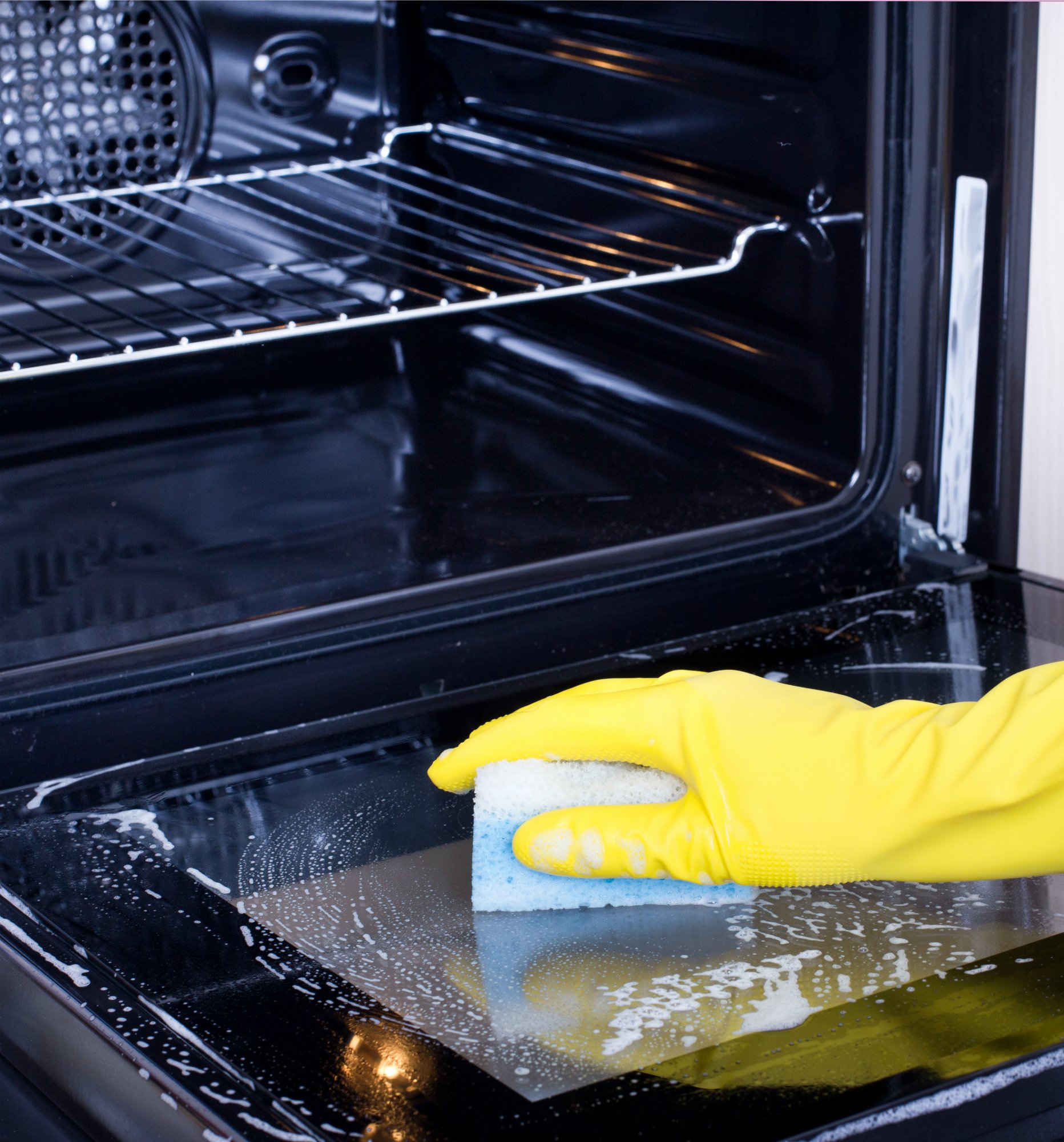
Fumes from oven cleaners can cause breathing difficulties or throat swelling. The fumes can burn your eyes, nose, lips or tongue, and cause vision loss. These spray-on/wipe-down cleaners contain the powerful corrosive alkalis, which can also burn the skin or cause internal bleeding due to overexposure. They make cleaning your oven easy. But for nontoxic shine , try mixing baking soda, soap and salt. You'll have to scrub a little harder, but you won't have to wear a mask or even gloves — it's that safe.
Furniture Polish, Varnish and Stain

Many varnishes and stains contain benzene, which is a known carcinogen. They also often contain polyurethane, which is made of isocyanates — also classified by the Environmental Protection Agency as potentially cancer-causing in humans — and, until completely dry, cause breathing problems, coughing, nausea and headaches. Look for low-VOC products, and follow instructions on how to safely treat your wood, including wearing gloves, masks and avoiding unnecessary exposure until the wood is completely dry,
Toilet Bowl Cleaner
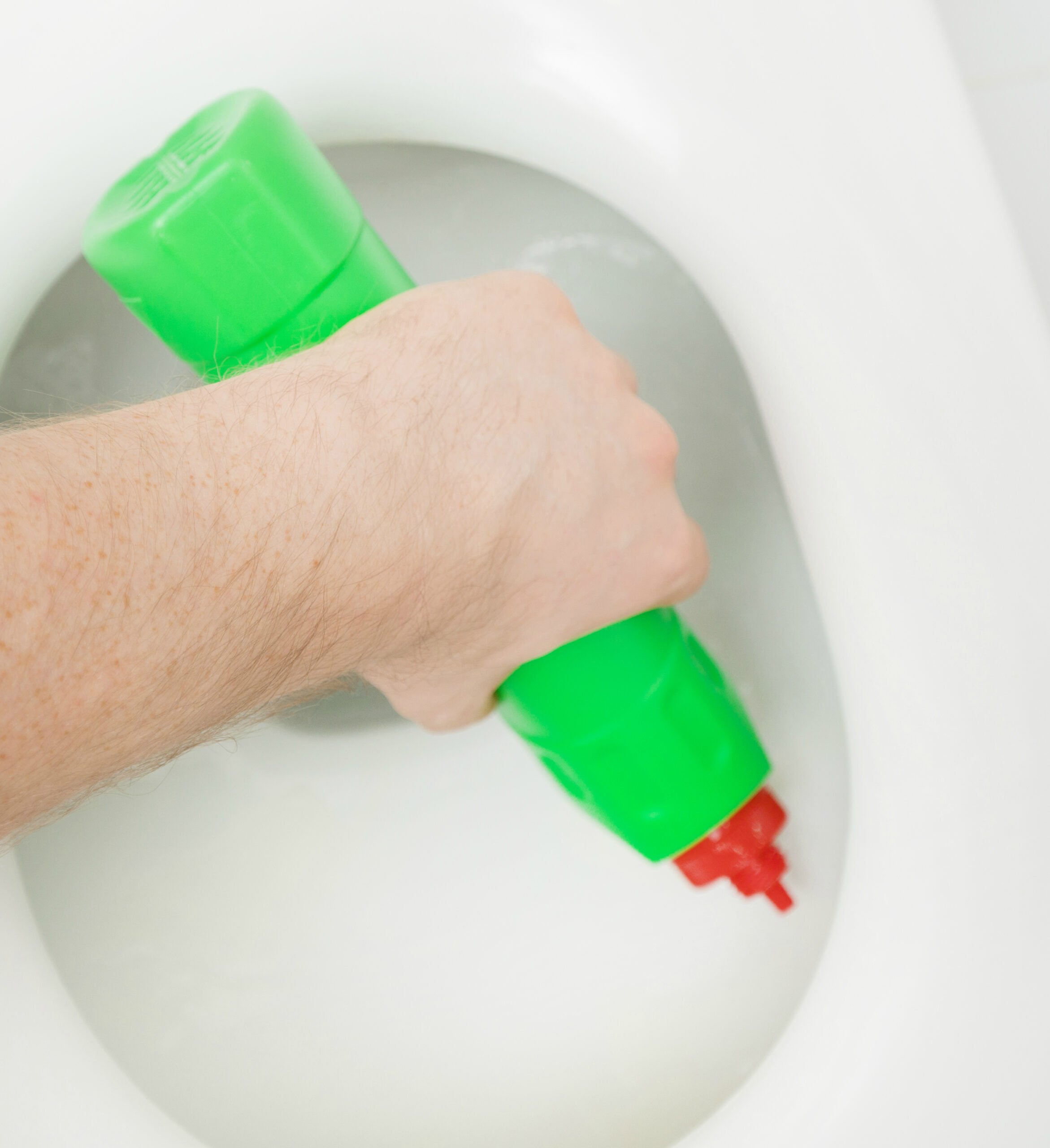
Many toilet bowl cleaners, particularly those containing bleach, get low ratings for healthy exposure by the Environmental Working Group. They frequently contain hydrochloric acid, which can cause burning in the eyes and throat, and can be toxic if inhaled.
Gas Heaters
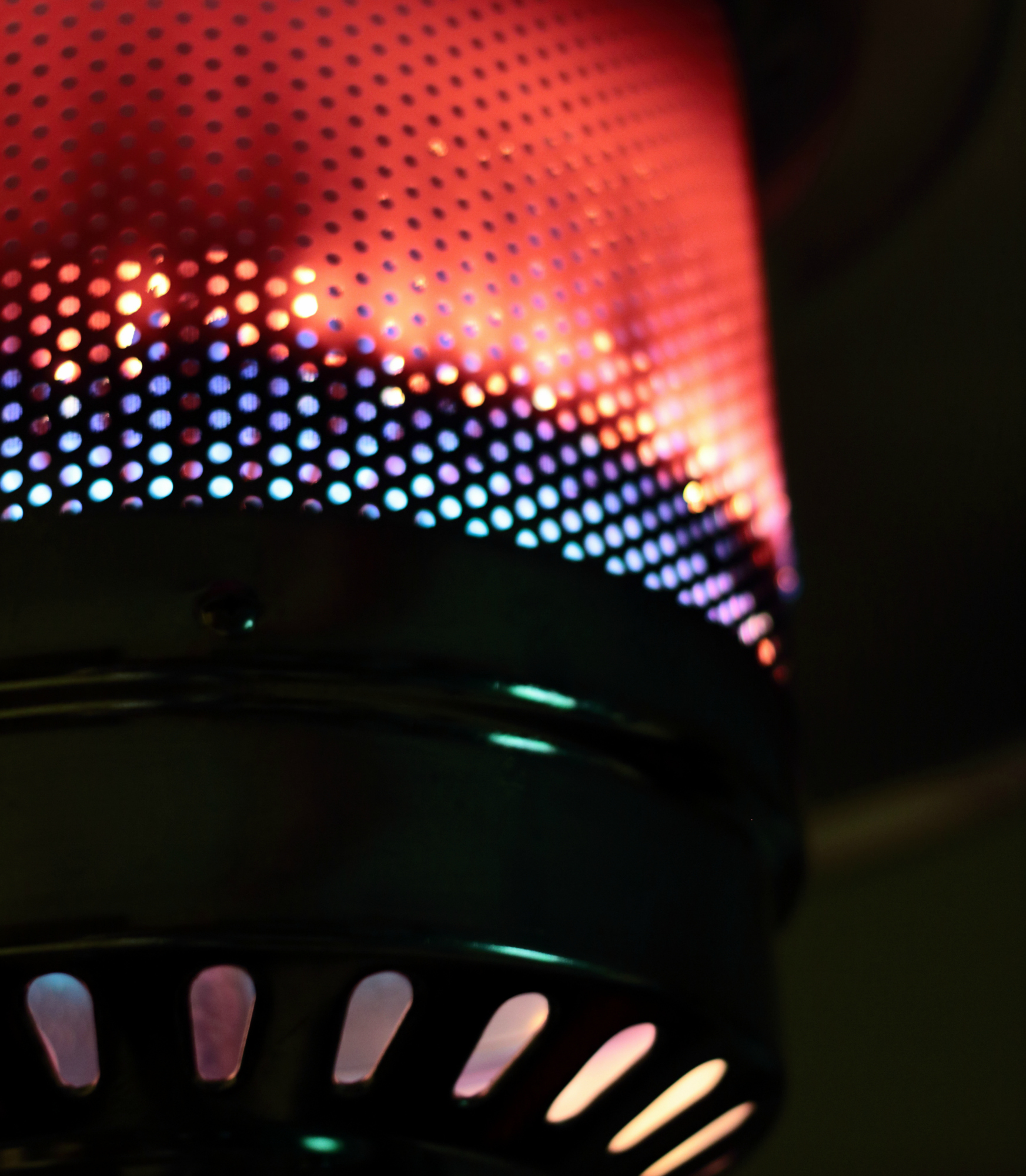
Gas-powered heaters should not be used indoors and should only be used where they get plenty of ventilation. They pose a safety concern as they release combustible particles into the air. Air that is not ventilated can trap carbon monoxide, which is poisonous.
Overloaded Electrical Sockets
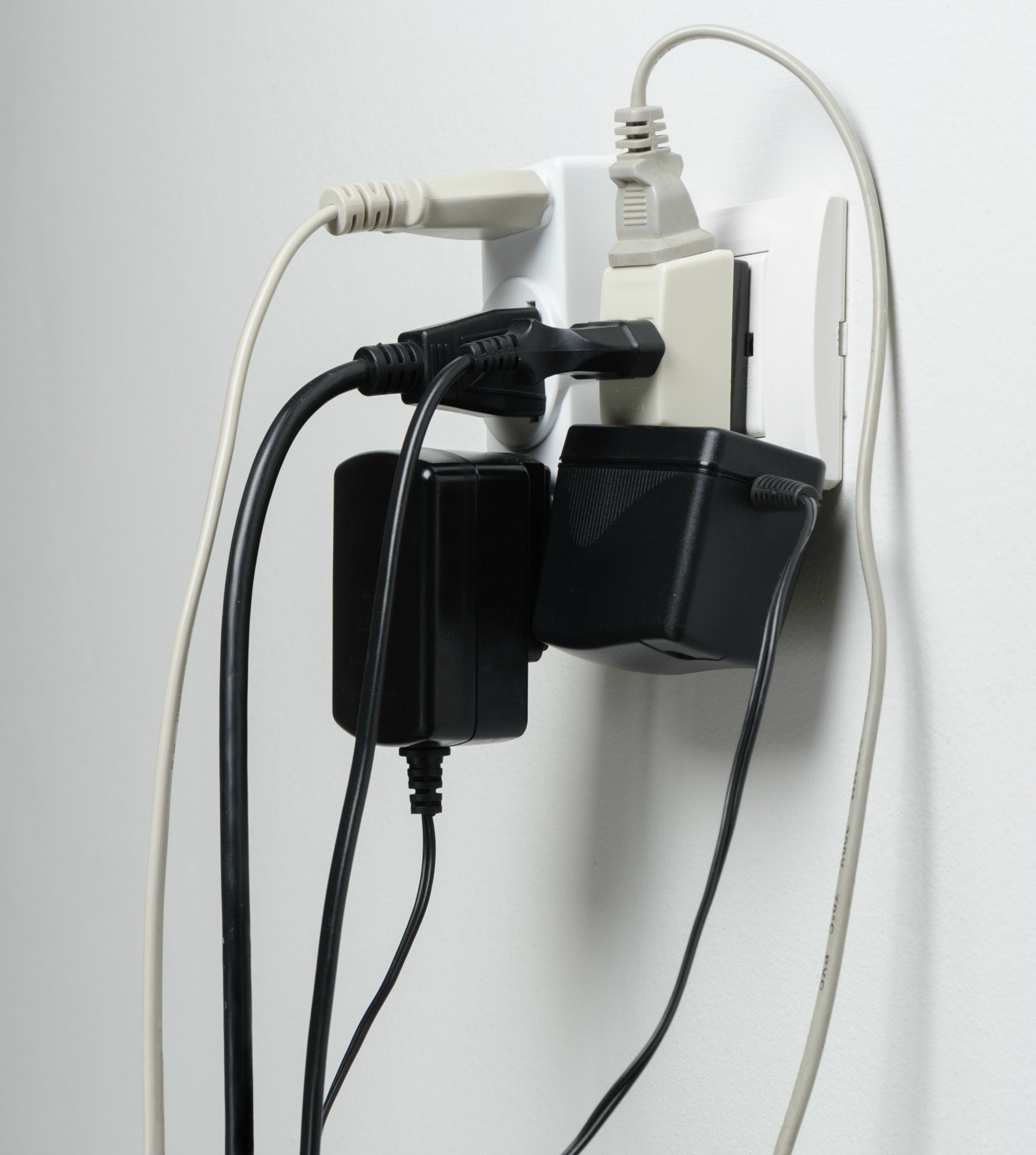
Overloaded outlets are a top cause for home fires and pose a daily risk even worse than household cleaning chemicals. Use power strips as designed. Don't piggyback off of other plugs. Keep furniture a few inches away from walls where outlets are located. Have more outlets installed in rooms, if necessary.
Antibacterial Soap

Check labels and toss if your antibacterial soaps and cleansers contain these ingredients: triclosan, which the FDA regulates as a pesticide; and triclocarban. In fact, consider no longer using antibacterial soaps — regular soap and warm water works just fine — as the FDA awaits effectiveness and safety tests on several other ingredients in these soaps.
Peeling Paint
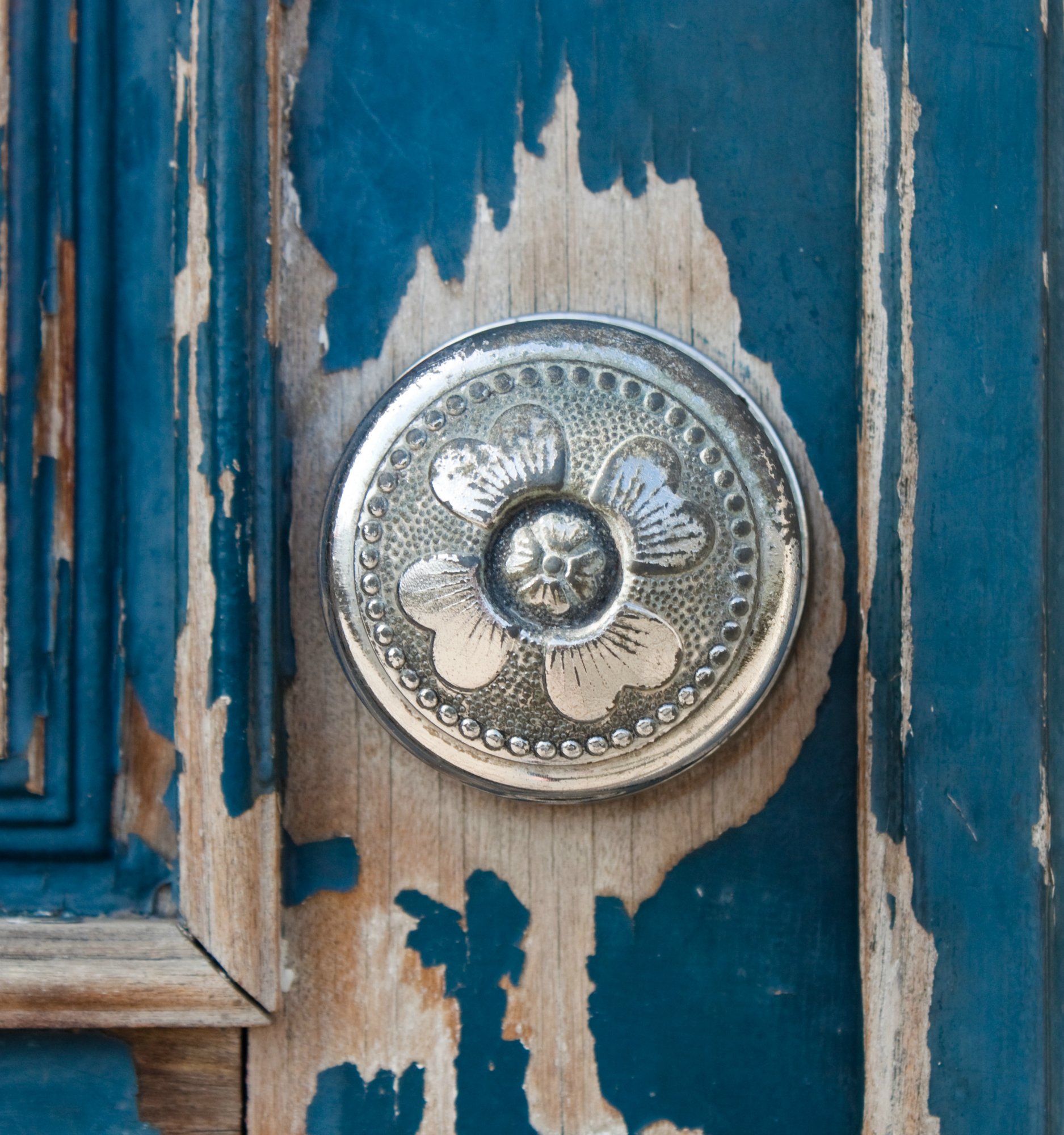
If you live in an older home with peeling paint, you should pay attention. It could contain lead. High levels of lead exposure can be toxic for children, and also some adults, including kidney damage, slowed growth, damage to the brain and nervous system, hearing and bone marrow problems, nerve damage, anemia and infertility. A lead-paint inspection or a home lead-paint test kit should let you know whether you need look into lead abatement.
Fire Retardants

Mattresses, sofas and other upholstered furniture, some electrical devices and even some pajamas are treated with fire retardants, which release toxins in the air and can be breathed in or ingested. The chemicals in these retardants can cause endocrine and thyroid disruption, harm the immune system, cause infertility and cancer, or affect the nervous system and normal child development. Avoid purchasing products which contain these retardants (it should be stated on one of the labels).
Plastic Storage Containers
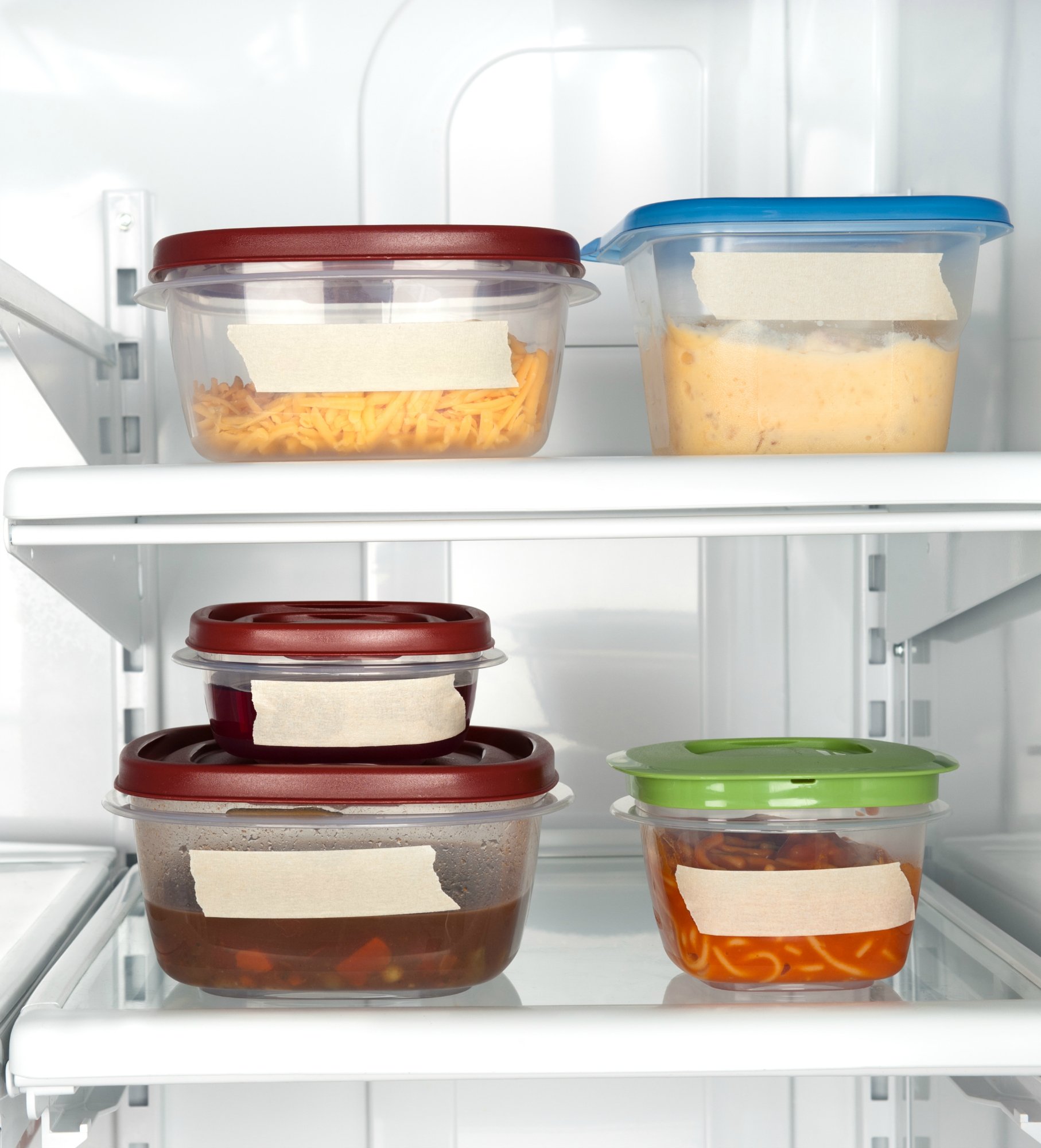
Plastics break down over time, especially when exposed to heat or water. In breaking down, they release chemicals, including phthalates, into your food. Phthalates are endocrine-disrupting chemicals that can cause cancer, birth defects and other developmental disorders.
Food Packaged in Plastic

For similar reasons, avoid purchasing food that is packaged in plastic, and discard any that have been exposed to heat. It, too, contains phthalates and bisphenol A (BPA), which leach into the food you're planning to eat.
Upholstery Stain Protectors

Is preventing a blotch of wine worth your health? Upholstery sprays that purport to make furniture stain-resistant contain fluoropolymers, which breaks down into perfluorochemicals. PFCs are a group of chemical compounds, created in a lab and not in nature, that are showing up in blood, bodily fluids and breast milk.
Cosmetics
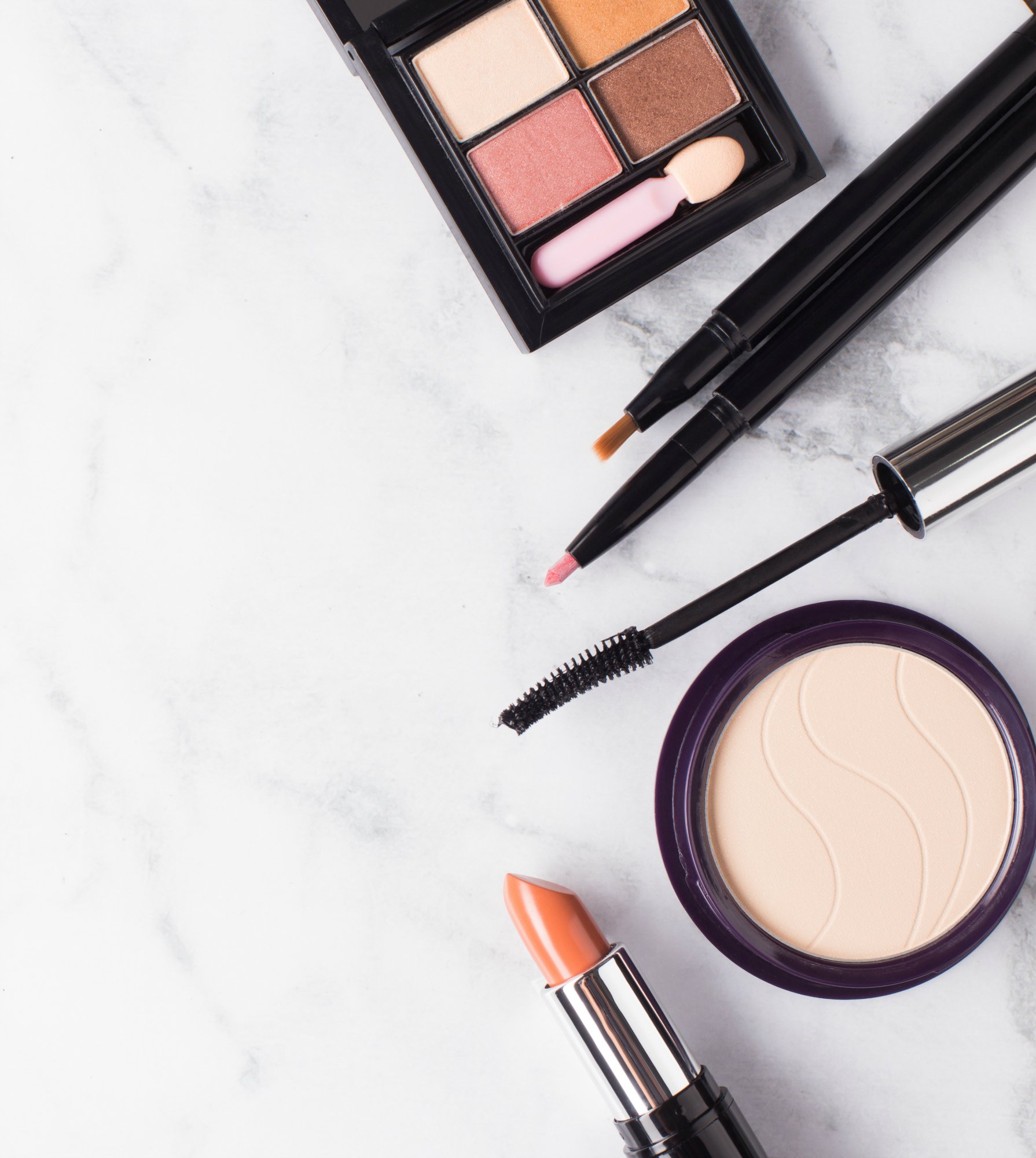
Not all cosmetics are created with the same ingredients, so this is an area where you'll want to read labels before deciding whether to toss. Keep an eye out for ingredients like lead, phthalates, parabens and some mineral oils. (Low-grade, unrefined mineral oils are carcinogenic. The good news is, most cosmetics are made with better-quality oils.) Some cosmetics and skincare products also contain triclosan, which the FDA banned from being used in antibacterial soaps.
Shampoos and Conditioners
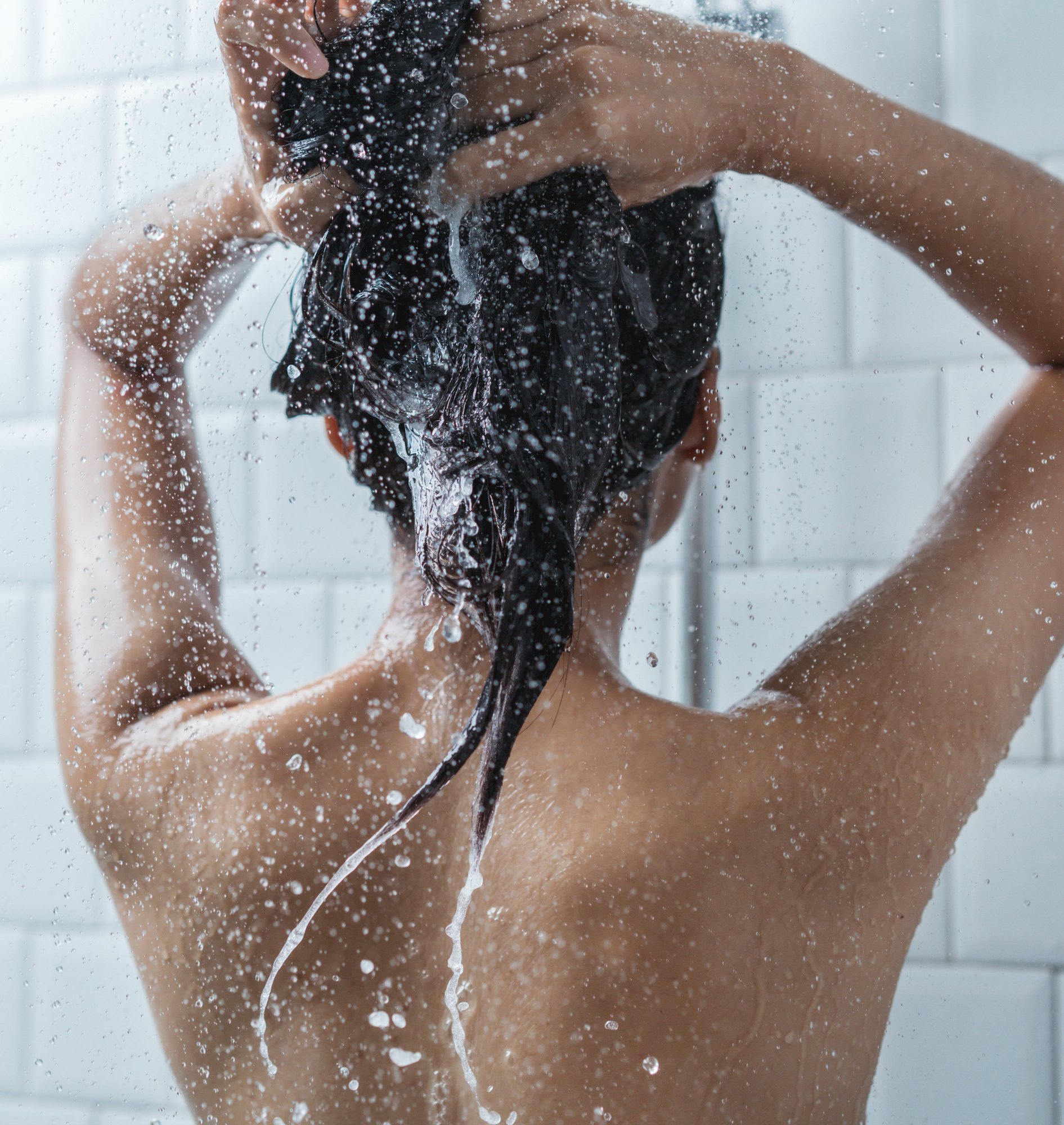
You can check EWG's website for the least toxic, safest shampoos and conditioners available. Plenty of nontoxic shampoos exist. Just look for ones that don't contain surfactants (they're what cause the best lathers, so get used to the idea of fewer bubbles), such as sodium lauryl sulfate, sodium laureth sulfate, cocamidopropyl betaine and cocamide DEA — which, while safe for you, are damaging to the environment.
Antiperspirant
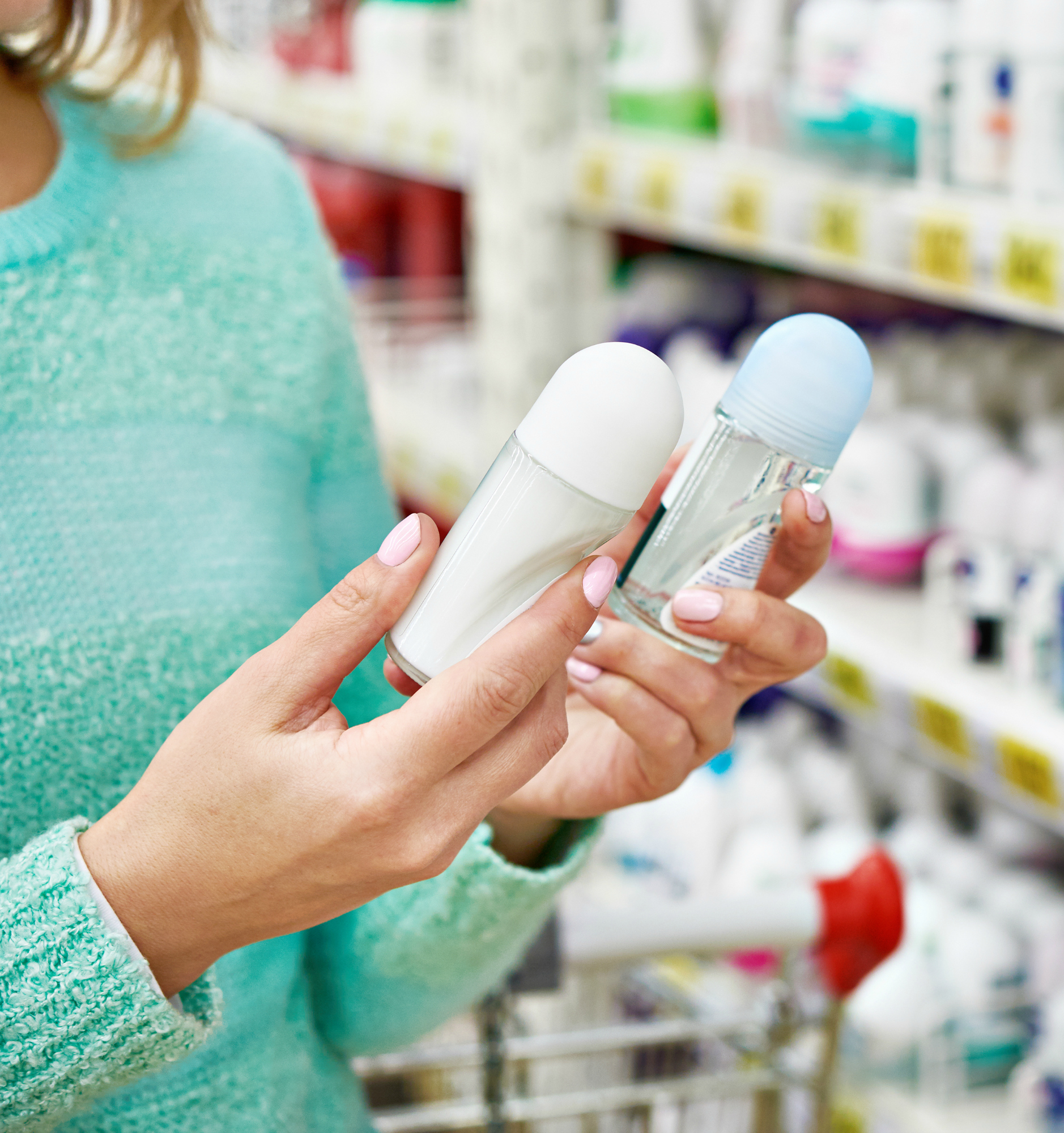
Deodorants and antiperspirants often contain some or all of the following: parabens, aluminum, triclosan, phthlates and fragrances, all of which are of some concern to health researchers for their health risks to humans or damage to the environment. Check labels and consider exchanging for a more natural method of blocking odors and absorbing wetness.
Sunscreen

Chemical sunscreens contain a few ingredients to question. Of top concern is oxybenzone, which has been found to mimic estrogen. The good news is, you don't have to go without sunscreen. Instead, understand what's in the ones you use and make your decision as to whether to keep or toss. Look for sunscreens that use mineral rather than chemical filters. And make sure to apply it according to the label's directions.
Fabric Softener
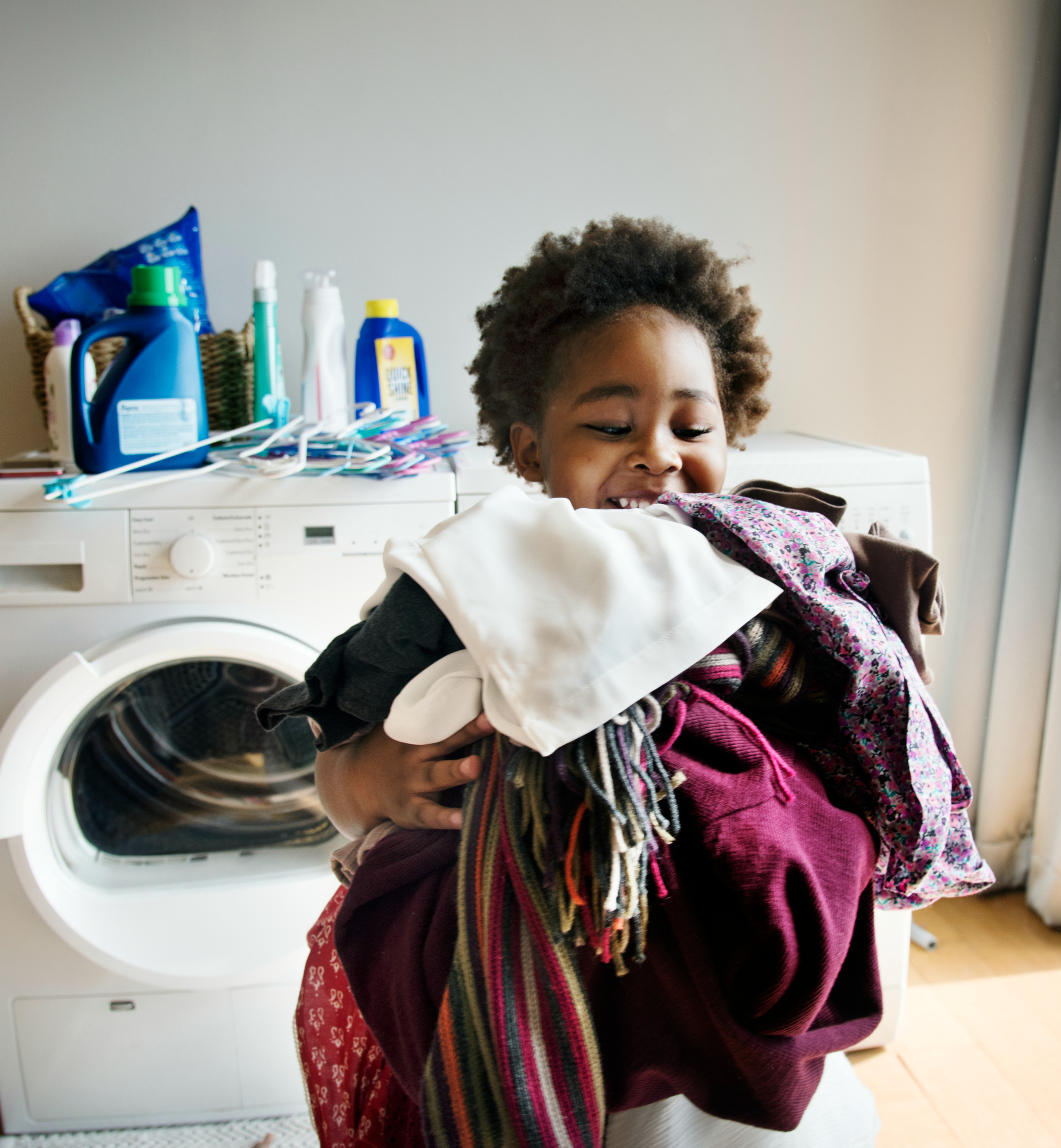
Fabric softener and dryer sheets contain some risky chemicals, including benzyl acetate, which has been linked to pancreatic cancer; benzyl alcohol, a lung irritant; ethanol, which may cause nervous system disorders; limonene, a known carcinogen; and chloroform, a neurotoxin and carcinogen.

